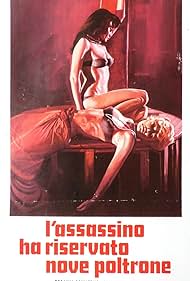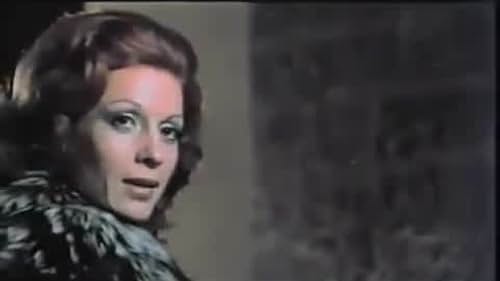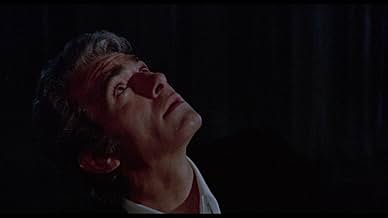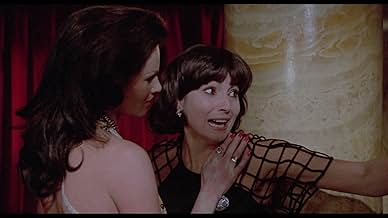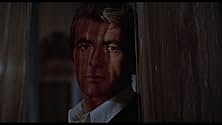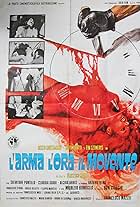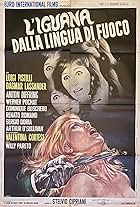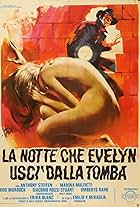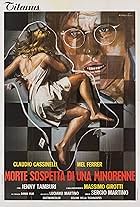Agatha Christie's Ten Little Indians serves as the basis for giallo The Killer Reserved Nine Seats, which sees a group of bickering friends, relatives and acquaintances, all of whom have complex relationships and serious character flaws, assemble at a deserted theatre where they find themselves locked in and killed off one-by-one by a masked assailant. Is the murderer flesh and blood or a malevolent spirit driven by a centuries old curse?
If the film had stuck to a simple murder-by-numbers plot, it could have been a very effective thriller— after all, the same basic set-up served Michele Soavi well for his excellent '80s slasher Stagefright (1987)—but the supernatural element makes The Killer Reserved Nine Seats way too bewildering for its own good, with a frustrating finale that fails to make matters clear. Thank heavens, then, for those mainstays of the giallo, violence and nudity
With such a collection of disagreeable characters, there are plenty of well deserved deaths, although they are less graphic than I had expected: some reviews have remarked on the nastiness of the murders, but barring the nailing of one woman's arm to a wooden beam (an effect that uses a hilarious plastic-looking fake hand), the violence seemed rather tame to me (I definitely didn't see any crotch stabbing), leading me to wonder whether the version I watched was shorn of some gore.
Thankfully, all of the nudity seemed intact, with virtually all of the female characters getting nekkid at some point, either willingly, or by having their clothes torn off by the killer before being brutally dispatched. This certainly helps to make the film more entertaining, especially the scene in which one woman takes time out amidst all the murder to dance topless to some funky music.
